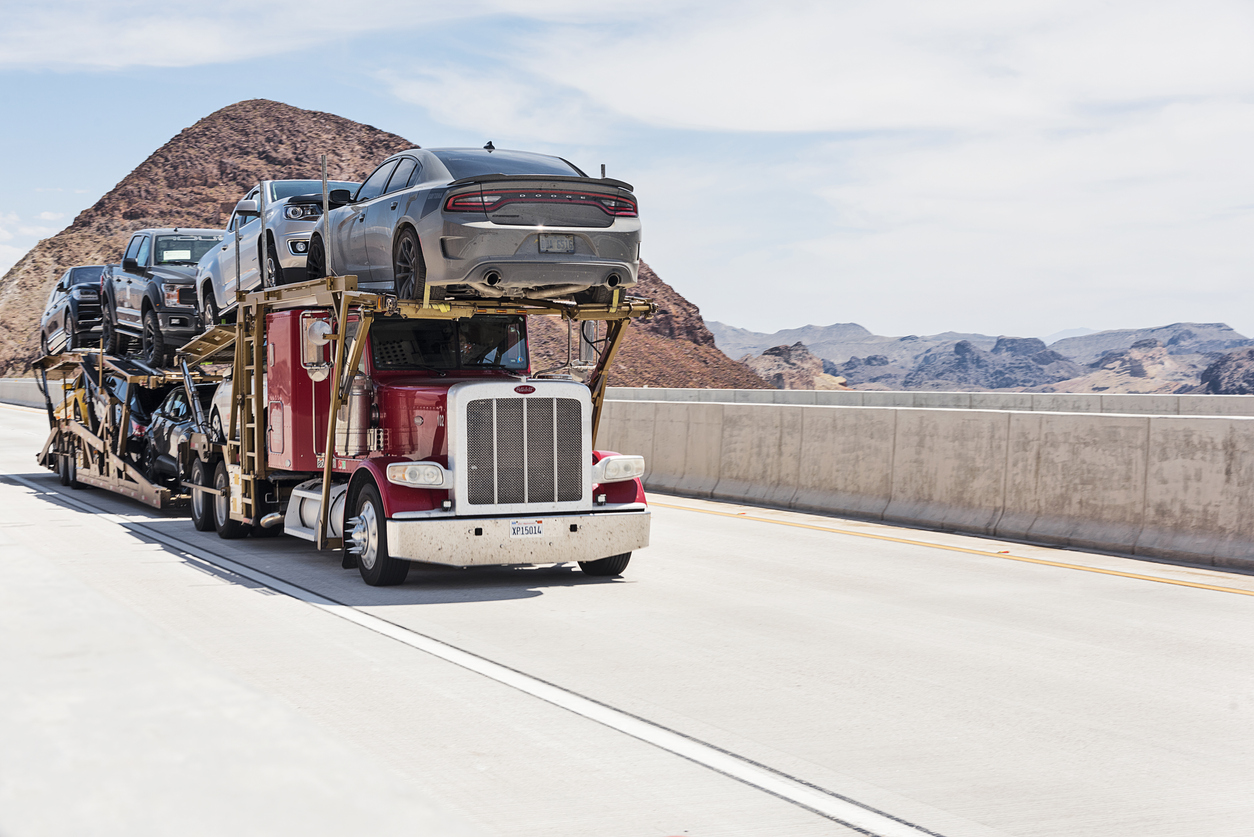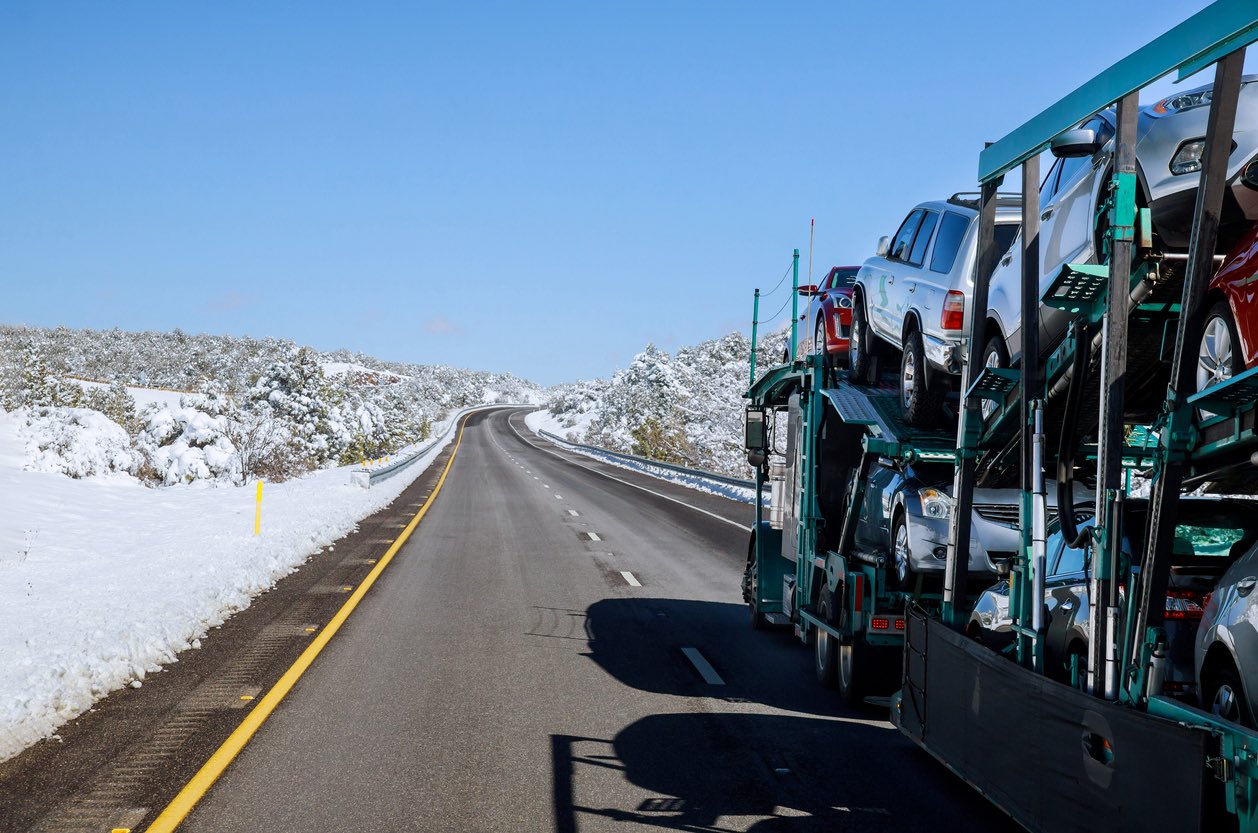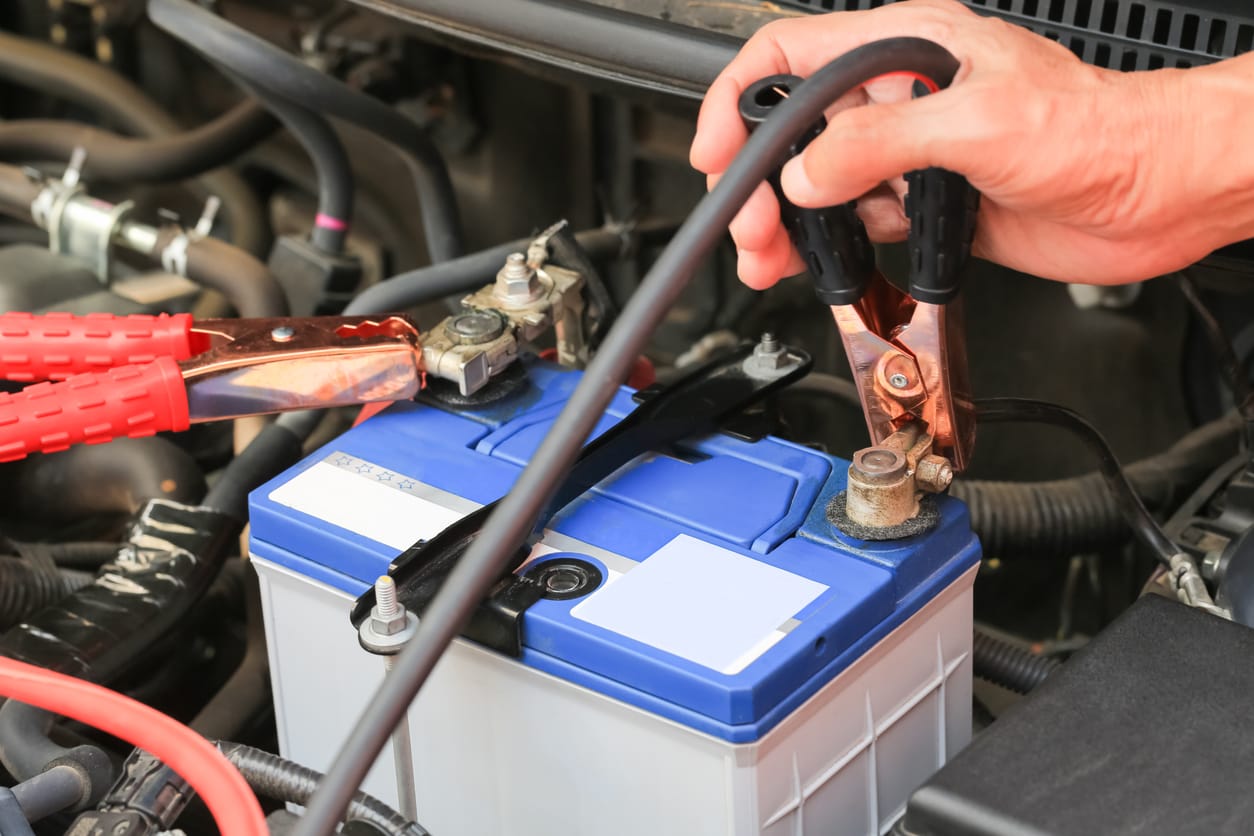The peak season for car shipping can be both an exciting and daunting time. It’s when many people choose to relocate, go on vacation, or purchase a new vehicle, resulting in a surge in demand for car transport services. While it may seem like a convenient time to ship your car, it also comes with its fair share of challenges. Understanding these challenges is crucial to ensure a safe and hassle-free car shipping experience.
One of the main challenges during the peak season is the increased competition among customers for limited spots on car carriers. As demand skyrockets, availability becomes scarce, making it essential to plan and secure your reservation in advance. Failure to do so can result in delays and frustration.
Another challenge is the potential for inclement weather conditions during the peak season. Rain, snowstorms, and other adverse weather events can impact transport schedules and affect the safety of your vehicle. Taking necessary precautions, such as choosing the right shipping method, can help protect your car from the elements.
Additionally, peak season car shipping often means higher prices. With increased demand, shipping rates tend to rise, which can strain your budget. It’s important to research and compare quotes from different car shipping companies to find the most affordable and reliable option that meets your needs.
Lastly, during the peak season, there is an increased chance of logistical issues and delays. With an influx of vehicles being transported, it’s crucial to stay in regular communication with the shipping company to track your shipment and address any concerns that may arise.

Last summer, Lisa found herself in a predicament. She had just purchased her dream car, a sleek black sedan, but she needed to move across the country for a new job opportunity. The only problem was that it was peak season for car shipping, and she was worried about how to transport her beloved vehicle safely.
In her search for a reliable car shipping company, Lisa stumbled upon shipacarinc.com. Intrigued by their glowing customer reviews and reputation for excellence, she decided to give them a try. Little did she know that this decision would lead to a stress-free and smooth car shipping experience.
Lisa reached out to shipacarinc.com and was greeted warmly by their friendly customer service team. They took the time to understand her concerns and provided detailed information about the entire process. With their expert guidance, she felt reassured and confident in her decision.
The team at shipacarinc.com helped Lisa prepare her car for shipping, providing valuable tips on cleaning, inspection, and securing her vehicle. They also explained the different shipping methods available, highlighting the benefits of enclosed transport for added protection during the peak season.
Throughout the entire journey, shipacarinc.com kept Lisa informed and updated. They provided real-time tracking and regular communication, allowing her to stay in the loop and ease her worries. Their professionalism and reliability were unmatched.
When the day finally arrived for Lisa to receive her car at her new destination, she was overjoyed to find it in pristine condition. The meticulous care and attention to detail that shipacarinc.com had shown were truly remarkable.
With a sigh of relief, Lisa knew she had made the right choice by entrusting her precious car to shipacarinc.com. Their expertise, dedication, and commitment to safety during the peak season had surpassed her expectations.
As Lisa embarked on her new chapter, she couldn’t help but share her positive experience with others. She became an advocate for shipacarinc.com, spreading the word about their exceptional service and urging fellow car owners to trust them for their shipping needs during the peak season.
In the end, shipacarinc.com proved that shipping your car safely during the peak season is not only possible but can also be a hassle-free and enjoyable experience. With their expertise and customer-centric approach, they turned what could have been a daunting task into a delightful journey.
By understanding the challenges of peak season car shipping, you can proactively plan, make informed decisions, and take necessary precautions to ensure your car arrives safely and on time. In this blog post, we will delve into essential tips and steps to help you ship your car securely during this busy time.

The peak season for car shipping is a busy and highly competitive time, with many people looking to transport their vehicles. To ensure a smooth and stress-free experience, it’s essential to plan. Here are some crucial steps to consider when planning for peak season car shipping:
When it comes to transporting your car during the peak season, it’s crucial to work with a reputable and reliable car shipping company. Start by conducting thorough research and reading customer reviews to gauge their reputation and level of customer satisfaction. Look for companies that have experience specifically in peak season car shipping, as they are more likely to understand the unique challenges and have strategies in place to mitigate them.
Peak season car shipping rates can be higher than other times of the year due to increased demand. Before making any decisions, determine your shipping budget and factor in any additional costs that may arise, such as insurance or storage fees. It’s advisable to obtain quotes from multiple car shipping companies to compare prices and services offered. However, keep in mind that the cheapest option may not always be the best, as quality and reliability should also be taken into account.
One of the most critical aspects of planning for peak season car shipping is securing your reservation well in advance. As demand surges, the availability of spots on car carriers becomes limited. Booking early will help ensure that your car gets a spot on the carrier of your choice and that the desired pickup and delivery dates are available. Waiting until the last minute may result in delays or even a lack of available carriers, causing unnecessary stress and frustration.
These steps will help you make informed decisions, secure reliable transportation for your vehicle, and alleviate any unnecessary anxiety that often comes with peak-season car shipping.

Before handing over your car to the shipping company, give it a thorough cleaning both inside and out. Remove any personal belongings, loose items, or custom accessories that are not a part of the vehicle.
This will not only ensure the safety of your belongings but also comply with shipping regulations. Cleaning your car will allow for a more accurate inspection and make it easier to detect any existing damage or scratches.
Once your car is clean, conduct a detailed inspection. Take note of any pre-existing scratches, dents, or other cosmetic issues. It’s a good idea to document these by taking clear photographs from various angles.
This documentation will serve as evidence of the car’s condition before shipping, protecting you in case of any disputes or damage claims.
As tempting as it may be to use your car as an additional storage space during the shipping process, it’s crucial to remove all personal belongings. Shipping companies typically do not allow any items inside the vehicle during transportation.
This precaution ensures the safety of your belongings and avoids potential damage to the car’s interior.
Additionally, it’s advisable to remove any custom accessories or modifications from your vehicle. Items such as roof racks, spoilers, or aftermarket electronics should be taken off to prevent damage or loss during transit.
Securely pack and store these accessories separately to ensure they are not misplaced or damaged during the shipping process.
iii. Documenting the Condition of Your Car
To further protect yourself and your vehicle, carefully document its condition before shipping. Use a checklist to note any pre-existing damage, such as paint chips, scratches, or dents.
Take clear and detailed photographs of all visible areas of the car, including close-ups of any existing imperfections. These records will serve as proof of the car’s condition before shipping and can be referenced if needed upon delivery.

When it comes to shipping your car during the peak season, choosing the right shipping method is vital. Different options offer varying levels of protection, cost-effectiveness, and convenience. Understanding the pros and cons of each method will empower you to make an informed decision. Here are the key considerations for selecting the right shipping method:
If you own a classic, luxury, or high-value vehicle, enclosed transport is the way to go. This method provides maximum protection against the elements, ensuring that your car remains safe and secure during its journey. Enclosed transport shields your vehicle from rain, snow, hail, and road debris, minimizing the risk of damage.
Enclosed transport is particularly beneficial during the peak season when adverse weather conditions are more likely. It offers an added layer of security and peace of mind, knowing that your prized possession is well-protected. While enclosed transport may come at a higher cost compared to open transport, the investment is worthwhile for valuable or delicate vehicles.
For most standard vehicles, open transport is a popular and cost-effective option. This method involves transporting your car on an open trailer, exposed to the elements. Although it doesn’t provide the same level of protection as enclosed transport, open transport is still a reliable and widely-used method.
Open transport is often the preferred choice for those on a budget or shipping a regular passenger vehicle. It offers a more affordable price point while maintaining the necessary safety measures for secure transportation. Despite exposure to the elements, the majority of vehicles arrive at their destination without any issues.
When it comes to the logistics of car shipping, you have two options: terminal-to-terminal or door-to-door service. Each option has its advantages and considerations:
1. Terminal-to-Terminal Service: This involves dropping off your vehicle at a designated terminal and picking it up from another terminal at the destination. It is typically more affordable, but it requires you to arrange transportation to and from the terminals. Terminal-to-terminal service is ideal if you prefer more flexibility with the pickup and delivery dates.
2. Door-to-Door Service: With door-to-door service, the shipping company picks up your vehicle directly from your location and delivers it to your desired destination. This option offers convenience and eliminates the need for additional transportation.
However, it may come at a slightly higher cost due to the added service and personalized attention. Consider your specific needs, budget, and level of convenience when deciding between terminal-to-terminal and door-to-door service.
Once you have carefully evaluated the benefits and drawbacks of each shipping method, you can select the one that aligns best with your requirements. Whether you choose enclosed transport or open transport, and whether you opt for terminal-to-terminal or door-to-door service, the key is to make an informed decision that ensures the safety and timely arrival of your vehicle during the peak season.

When it comes to shipping your car during the peak season, understanding insurance coverage and liability is essential for your peace of mind. Accidents or unforeseen incidents can happen, so it’s crucial to be prepared and knowledgeable about the insurance options available to protect your vehicle. Here’s what you need to know:
Before entrusting your car to a shipping company, it’s vital to verify their insurance coverage. Reputable and professional car shipping companies should have insurance policies in place to protect against damage or loss during transit. Request proof of insurance and ensure that it is valid and up to date.
Carefully review the insurance policy to understand the coverage and any limitations or exclusions. Take note of the deductible amount and what types of damage or incidents are covered, such as theft, collision, or natural disasters. Knowing the extent of the shipping company’s insurance coverage will help you assess the level of protection provided for your vehicle.
While shipping companies typically provide basic insurance coverage, you may want to consider additional insurance options for added protection. Depending on the value of your vehicle or your personal preferences, you may opt for supplementary coverage that offers higher limits or specialized coverage for specific risks.
Third-party insurance providers specializing in car shipping insurance may offer comprehensive coverage tailored to your needs. They may provide additional protection against damage caused by unforeseen circumstances, such as acts of nature, vandalism, or even negligence on the part of the shipping company.
Evaluate your vehicle’s value, the potential risks involved, and your budget to determine if additional insurance is necessary.
As a car owner, it’s essential to understand your rights and responsibilities when shipping your vehicle. Familiarize yourself with the terms and conditions outlined in the shipping contract, including any limitations of liability.
Be aware of any specific instructions or requirements regarding vehicle preparation, documentation, and the claims process in case of damage or loss.
Maintain open communication with the shipping company throughout the process to address any concerns or questions you may have. Keep copies of all documentation, including the shipping contract, insurance policy, and condition reports, as these will be important references in the event of a claim.
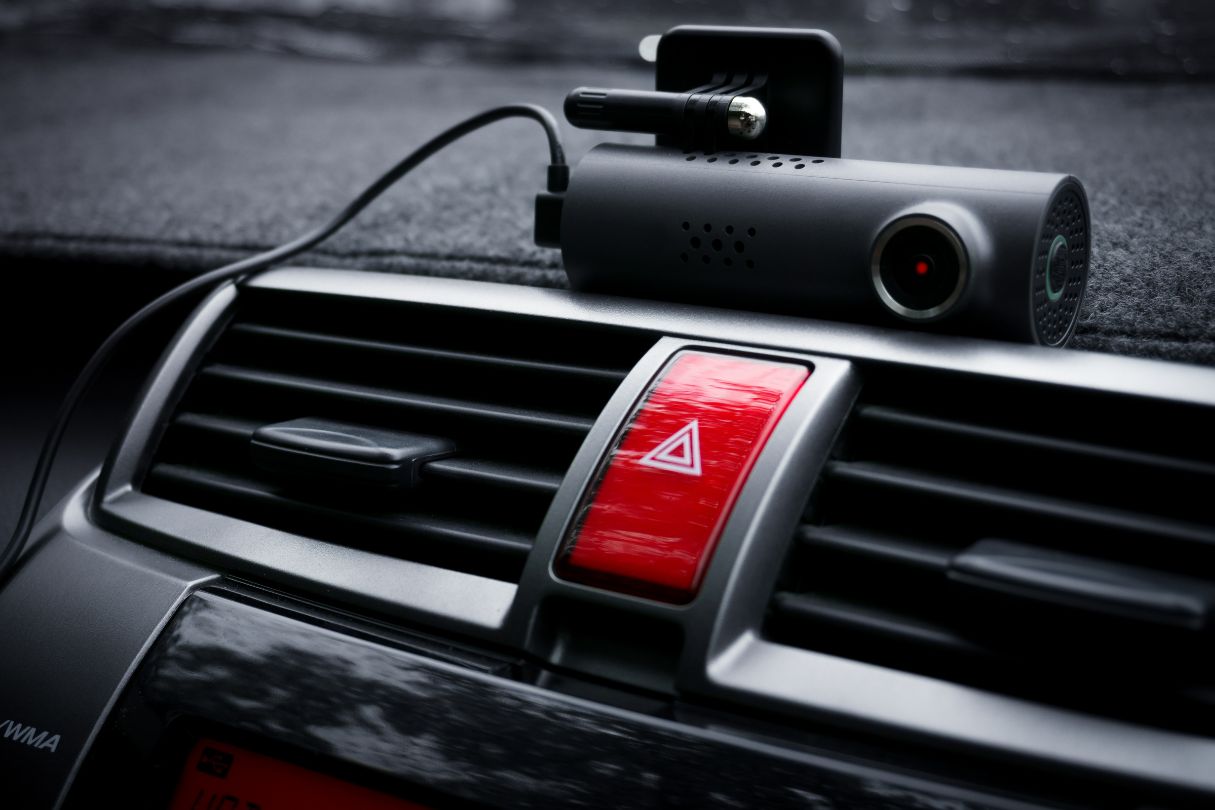
When preparing your car for shipping during the peak season, taking the necessary steps to pack and secure your vehicle properly is crucial. By following these guidelines, you can ensure that your car arrives at its destination in the best possible condition. Here’s what you need to do:
Before shipping your vehicle, it’s essential to empty the gas tank to about a quarter of its capacity. This helps reduce the weight of the vehicle, making it safer to transport. Additionally, it prevents the risk of fuel leakage during transit, ensuring the safety of your vehicle and the carrier.
Another important step is disconnecting the battery. This helps prevent any drain on the battery during transportation and eliminates the risk of accidental electrical issues. Remember to secure the battery cables properly to avoid any potential contact and damage.
To ensure the safety of your vehicle and minimize the risk of damage during shipping, secure any loose parts or accessories. Remove or retract the antenna, and secure any loose mirrors, spoilers, or other detachable parts. Use tape or straps to secure these items, ensuring they remain in place throughout the journey.
Pay special attention to vulnerable areas of your vehicle, such as the front bumper, headlights, and grille. Protect these areas by using foam padding or bubble wrap. This extra layer of cushioning can help absorb any impact and prevent scratches or dents.
During transportation, your vehicle may be exposed to dust, debris, or weather elements. To safeguard your car’s exterior, use covers and wraps specifically designed for car shipping. These protective covers shield your vehicle from dirt, scratches, and other potential damage.
Wrap the tires with plastic covers or tire bags to protect them during loading and unloading. This prevents any potential damage to the tires and keeps them clean throughout the shipping process.
So, emptying the gas tank, disconnecting the battery, securing loose parts, protecting vulnerable areas, and using covers and wraps will ensure that your vehicle remains safe and arrives in top condition at its destination.

When it comes to shipping your car during the peak season, handling the necessary documentation and paperwork is crucial. By taking care of these essential tasks, you can ensure a smooth and hassle-free shipping process. Here’s what you need to know:
Before shipping your car, gather all the necessary vehicle documents. These typically include the vehicle’s title, registration, and proof of insurance. Ensure that these documents are up-to-date and readily accessible.
Having the vehicle’s title is important, as it serves as proof of ownership. The registration document confirms that the vehicle is legally registered under your name. Proof of insurance is essential to verify that your vehicle is adequately covered during transit. *vehicle docs are required for vehicles being transported in and out of the US.
The bill of lading is a crucial document in the car shipping process. It acts as a contract between you and the shipping company, detailing the terms and conditions of the shipment. Take the time to carefully review the bill of lading before signing it.
Ensure that all the information provided on the bill of lading is accurate, including the pickup and delivery addresses, estimated transit time, and the condition of the vehicle. If any discrepancies or damages are noted, make sure they are properly documented before signing.
By signing the bill of lading, you acknowledge that the vehicle has been received by the shipping company in the stated condition. Retain a copy of the signed bill of lading for your records.
Verify that you have the necessary insurance documentation for your vehicle. This includes the shipping company’s insurance information and any additional insurance you have obtained.
Review the insurance policies to understand the coverage and any limitations. Ensure that you have proper documentation, such as insurance certificates or policy numbers, to provide proof of insurance coverage for your vehicle.
Keeping all insurance documentation organized and easily accessible will give you peace of mind and allow for a smooth claims process, should the need arise.

Effective communication with the shipping company is essential when shipping your car during the peak season. By maintaining clear and consistent communication, you can ensure a smooth and stress-free experience. Here are some key aspects to consider:
When booking your car shipment, make sure to provide accurate contact information to the shipping company. This includes your phone number, email address, and any other preferred methods of communication. Double-check the provided information to avoid any potential communication gaps.
Accurate contact information ensures that the shipping company can reach you easily throughout the process. Should any changes or updates arise, they will be able to promptly inform you.
During the shipping process, it’s important to stay in touch with the shipping company for updates and tracking information. This allows you to stay informed about the progress of your car’s journey and anticipate its arrival.
The shipping company may provide you with a tracking number or online portal where you can monitor the status of your shipment. Regularly check for updates and reach out to the company if you have any questions or concerns.
If you have any concerns or questions regarding the shipping process, don’t hesitate to reach out to the shipping company. They are there to assist you and address any inquiries you may have.
Whether it’s about the pickup and delivery process, insurance coverage, or any specific instructions, clear communication ensures that your needs are met and that you have a thorough understanding of the process.
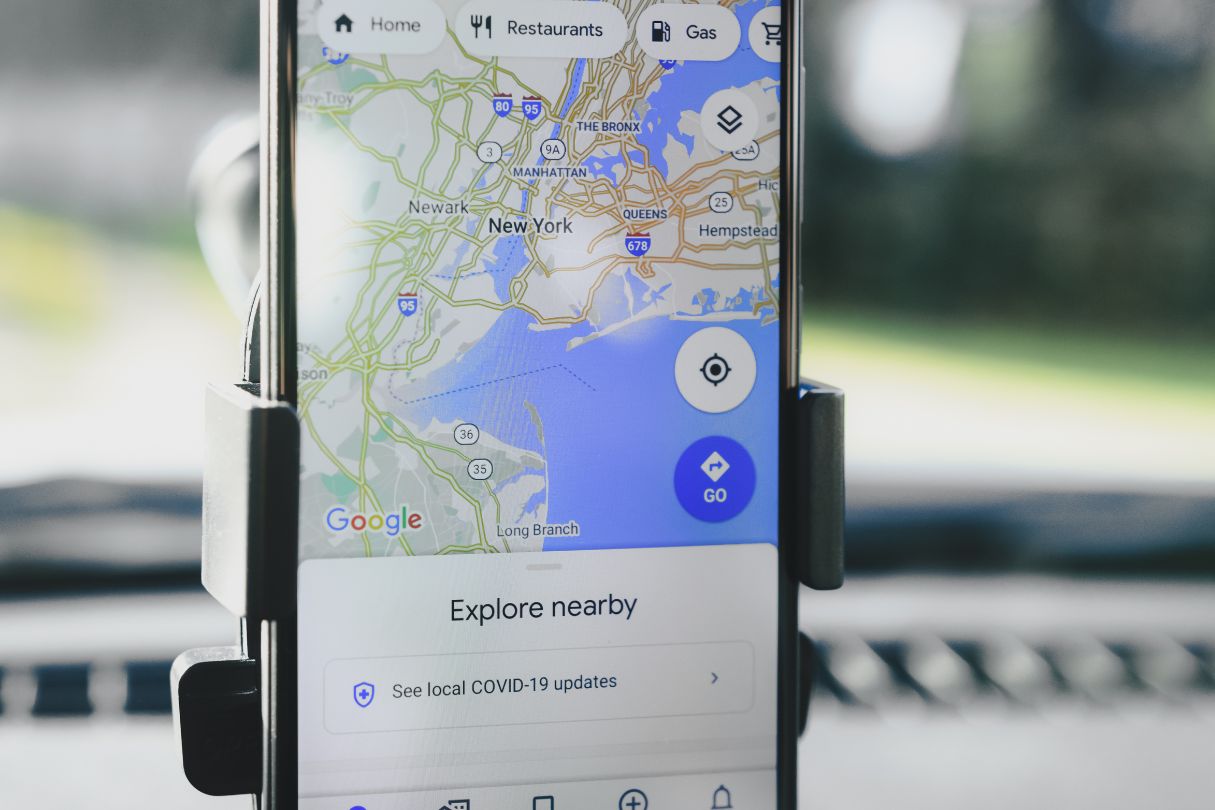
Tracking your car shipment during the peak season is crucial to staying informed and ensuring a smooth delivery process. By utilizing tracking tools, contacting the shipping company, and understanding the estimated delivery timeframe, you can have peace of mind throughout the journey. Here’s what you need to know:
Many shipping companies provide online tracking tools and apps that allow you to monitor the progress of your shipment. These tools typically provide real-time updates on the location and status of your vehicle.
Once your car has been picked up and the shipping process has begun, you can enter your tracking number or access the tracking portal provided by the shipping company. This will give you access to valuable information such as the current location of your vehicle, estimated arrival time, and any important updates along the way.
Make use of these online tracking tools to keep a close eye on your shipment’s progress. It provides convenience and transparency, allowing you to plan accordingly and stay informed about the status of your car.
In addition to online tracking tools, you can also contact the shipping company directly for real-time updates. If you have any specific concerns or questions about your shipment, reaching out to the shipping company’s customer service department can provide you with the most accurate and up-to-date information.
Customer service representatives can provide details on the current location of your vehicle, any potential delays, or any other important updates. They can also address any concerns you may have and provide reassurance during the shipping process.
It’s essential to have a clear understanding of the estimated delivery timeframe for your car shipment. This timeframe depends on various factors such as the distance of the journey, weather conditions, and potential delays due to peak season demand.
The shipping company should provide you with an estimated delivery timeframe at the time of booking. Keep in mind that this is an approximation and may be subject to change. However, having a general idea of when your vehicle is expected to arrive can help you plan accordingly and make any necessary arrangements at the destination.
Remember to consider potential delays during the peak season and factor in additional time if needed. Patience and understanding will go a long way in ensuring a smooth experience.

When your car is delivered after shipping during the peak season, it’s essential to conduct a thorough inspection to ensure its condition. By following the necessary steps and documenting any damage or discrepancies, you can address any issues promptly and ensure a smooth resolution. Here’s what you need to do:
As soon as your car arrives, take the time to conduct a comprehensive inspection. Start by checking the exterior of the vehicle, paying close attention to any visible damage, scratches, or dents. Walk around the car and inspect it from different angles.
Next, move on to the interior of the vehicle. Check the seats, carpets, dashboard, and other areas for any signs of damage or issues that may have occurred during transit.
During the inspection, note down any damage or discrepancies you find. Be detailed in your observations and include any specific areas or parts that require attention. This documentation will be crucial for filing any claims or addressing issues with the shipping company or insurance provider.
If possible, try to compare the current condition of your vehicle with the condition it was in before shipping. This will help you identify any new damage that may have occurred during transit.
To support your inspection findings and any claims you may need to make, it’s advisable to take photographs of any damage or discrepancies. Capture clear images that clearly show the condition of the vehicle upon delivery.
Photographs serve as tangible evidence and can help strengthen your case in case of any disputes or insurance claims. Make sure to take photographs from different angles and focus on the areas where damage or discrepancies are present.
Remember to communicate any concerns or issues immediately to the shipping company. Report any damages or discrepancies in writing and provide supporting photographs and documentation.

While shipping your car during the peak season, it’s important to be prepared for any potential issues or damages that may arise. In the event that your vehicle sustains damage during transit, it’s crucial to know how to effectively resolve these issues. Here are the key steps to follow:
Upon discovering any damage to your vehicle, promptly contact the shipping company to report the issue. Provide them with a detailed description of the damage, including the specific areas affected. Be prepared to provide any supporting documentation or photographs you have taken during the inspection.
Clear communication with the shipping company is essential at this stage. Ensure that you accurately convey the extent of the damage and any concerns you have. By promptly reporting the issue, you can initiate the resolution process in a timely manner.
To initiate a claim for the damage, you will need to follow the specific procedures outlined by the shipping company. They will provide you with the necessary forms and instructions to complete the claim process.
When filing a claim, provide all the requested documentation, such as the bill of lading, photographs of the damage, and any other supporting evidence. Be thorough and accurate in providing the required information. Failure to provide the necessary documentation may delay the resolution process.
Once the claim is filed, it’s important to understand the resolution process and the timelines involved. The shipping company will review your claim and conduct its investigation into the matter. They may request additional information or documentation during this process.
Each shipping company may have different timelines for resolving claims, so it’s crucial to familiarize yourself with their specific procedures. Patience is key during this stage, as the investigation and resolution may take some time.
Keep open lines of communication with the shipping company to stay updated on the progress of your claim. They should provide you with regular updates and inform you of any decisions or resolutions reached.

When it comes to shipping your car during the peak season, partnering with a reliable and reputable car shipping company is essential. Ship A Car, Inc. is a trusted name in the industry, offering a range of benefits that make peak season shipping a breeze. Here’s why you should choose ShipACarInc.com for your peak season car shipping needs:
1. Extensive Experience and Expertise: Ship A Car has years of experience in the car shipping industry, specifically during peak seasons. Their expertise in handling peak season challenges ensures a smooth and efficient shipping process for your vehicle.
2. Reliable and Timely Service: Ship A Car understands the importance of timely delivery, especially during peak seasons when timelines are crucial. They have a proven track record of delivering vehicles on time, providing you with peace of mind.
3. Vast Network of Carriers: Ship A Car has built a strong network of trusted carriers across the country. This extensive network ensures that they can find the right carrier to transport your vehicle efficiently and safely, even during the busy peak season.
4. Comprehensive Insurance Coverage: Ship A Car prioritizes the safety of your vehicle during transportation. All the carriers in our network provide insurance coverage, giving you added protection and peace of mind in the unlikely event of any damage or unforeseen circumstances. Additional insurance is also available for purchase.
5. Dedicated Customer Support: At Ship A Car, customer satisfaction is paramount. They have a dedicated customer support team that is available to answer your questions, address any concerns, and provide updates throughout the shipping process.
6. Transparent Pricing: Ship A Car believes in transparent pricing without hidden fees or surprises. They provide competitive rates for peak season shipping, ensuring you get a fair and affordable quote for your car transportation needs.
Don’t let the peak season deter you from shipping your car. With ShipACarInc.com, you can experience stress-free and reliable car shipping services, even during the busiest times of the year.
Contact ShipACarInc.com today and let their team of professionals handle your peak season car shipping needs with utmost care and efficiency.

Finally, shipping your car safely during the peak season requires careful planning and consideration. By following the key steps outlined in this guide, you can ensure a smooth and successful car shipping experience. Let’s recap the essential points to remember:
- Planning for Peak Season Car Shipping
- Preparing Your Car for Shipping
- Selecting the Right Shipping Method
- Understanding Insurance and Liability
- Packing and Securing Your Vehicle
- Documentation and Paperwork
- Communicating with the Shipping Company
- Tracking Your Shipment
- Receiving and Inspecting Your Car
- Resolving Issues or Claims
By following these steps, you can mitigate risks and ensure the safe transportation of your vehicle during the peak season. Remember to stay proactive, communicate effectively, and document everything throughout the process.
Shipping your car safely requires attention to detail, patience, and proper planning. By being well-prepared and informed, you can navigate the challenges of the peak season and have peace of mind knowing that your car is in capable hands.
